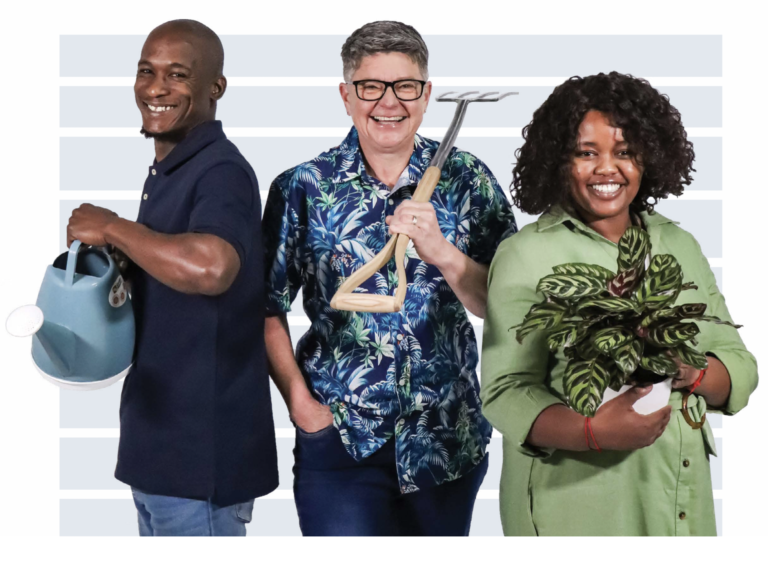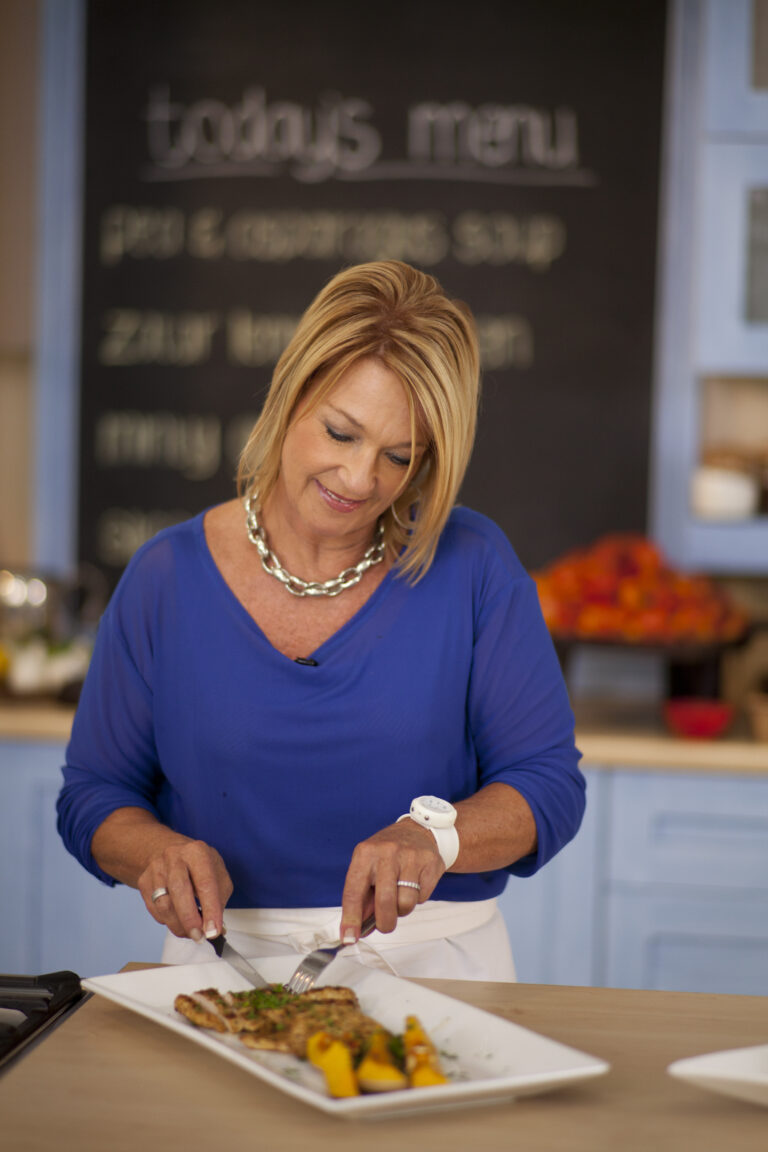When the temperatures drop and South Africans start looking for ways to stay warm, burn injuries become a significant concern. With an increasing number of burn cases reported annually, it’s essential to understand how these injuries happen, how to prevent them, and how to treat them effectively when they occur.
How to Avoid the Dangers
of Domestic Burns
Burn injuries, especially domestic ones, are alarmingly common in South Africa. The majority of these burns are linked to unsafe heat sources in the home, such as open flames, hot liquids, and unprotected heating devices. As we head into winter, many people rely on open flames or poorly shielded heaters to keep warm, increasing the risk of accidents. Toddlers, for example, are especially vulnerable, as they may accidentally touch hot surfaces or knock over pots on the stove.
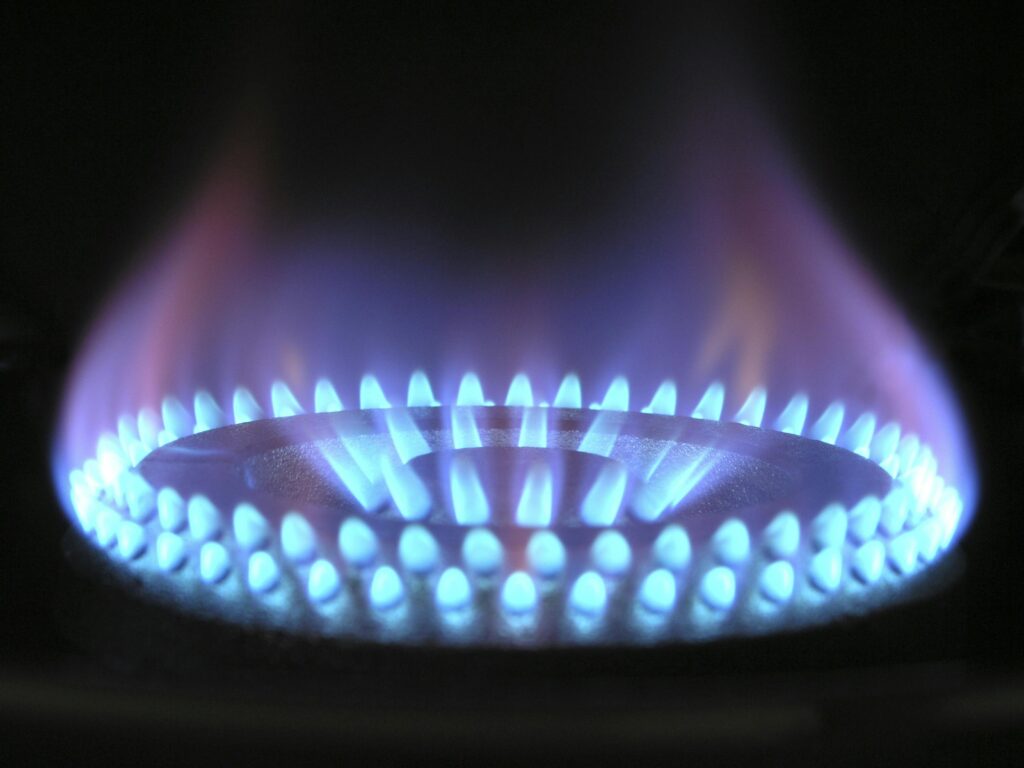
The most common types of burns are thermal burns, caused by direct contact with hot surfaces or liquids. Other types, like electrical burns, also occur but are less frequent. Regardless of the cause, it’s crucial to treat burns correctly to minimize damage. The best way to treat a burn immediately is by using cool running water. This simple yet effective step helps draw heat from the skin, preventing the burn from worsening. It’s important to avoid using home remedies like toothpaste, butter, or ice, as these can actually make the burn worse.
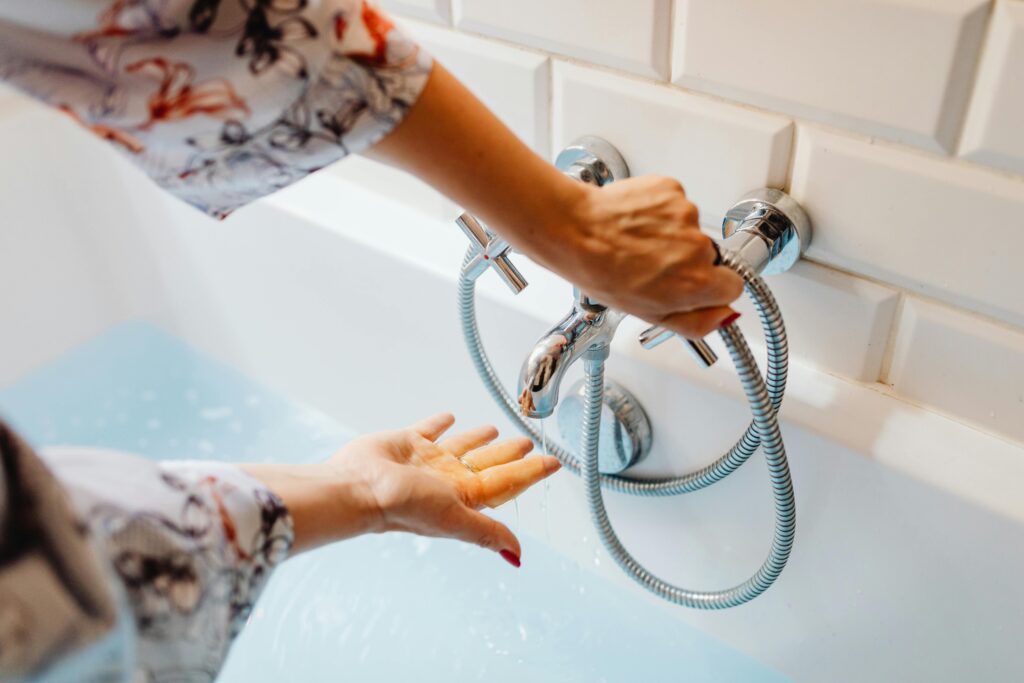
For more severe burns, products like Burnshield gel, which is often found in first aid kits, can provide a cooling and sterile treatment. This gel helps manage burns until medical professionals can take over. For burns that cover more than 1% of the body (about the size of your palm), or if the burn is deep with blistering, it’s essential to seek immediate medical help.
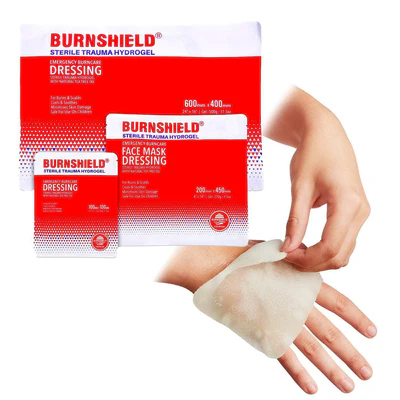
By staying cautious around heat sources, treating burns properly, and knowing when to seek medical attention, you can greatly reduce the risk of serious injury during cold winters. Stay safe and informed, and keep burn prevention a priority in your home.


